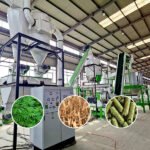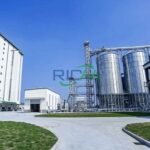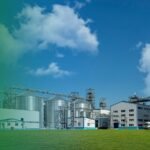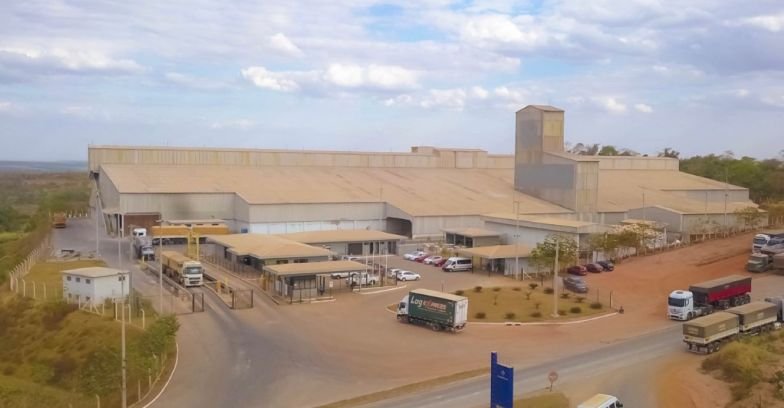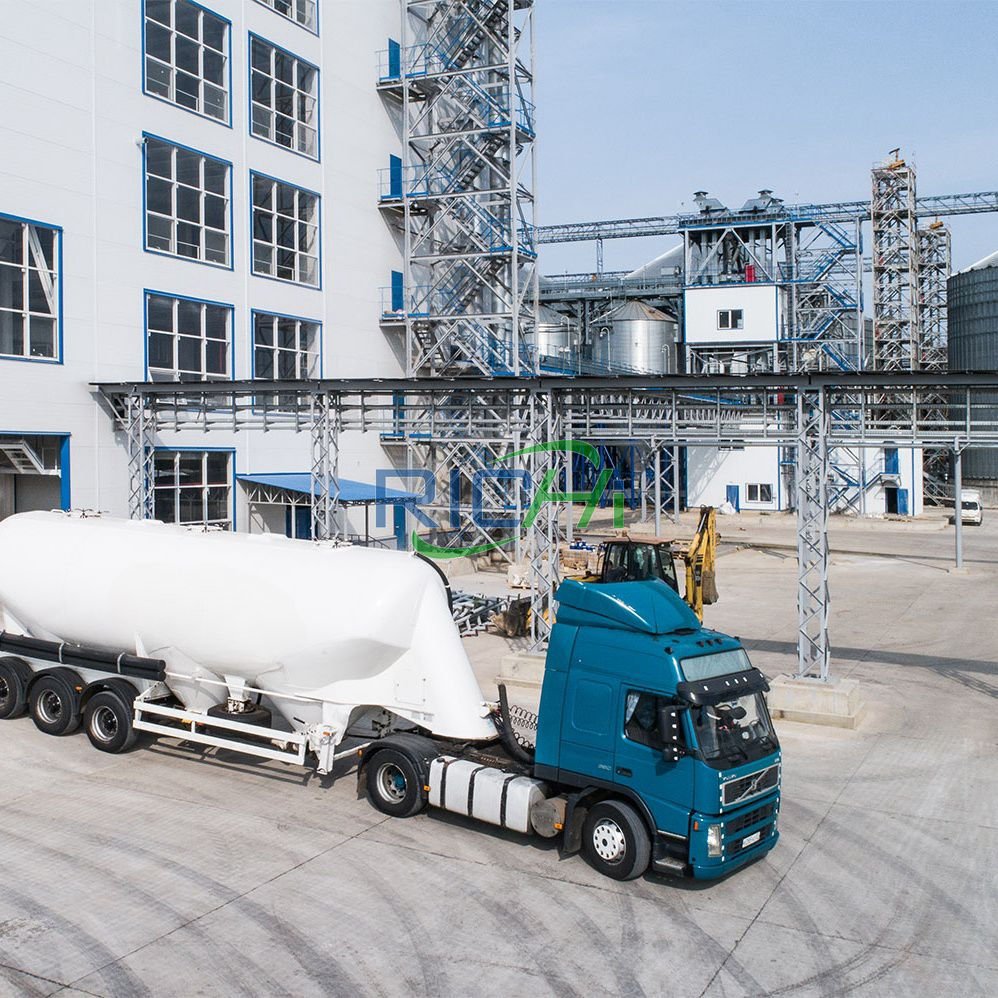Alfalfa pellet machine is specifically engineered to convert alfalfa hay into pellets. These pellets are a high-quality feedstock for livestock and an efficient biofuel source. The machine plays a pivotal role in sustainable agriculture by facilitating the easy transportation, storage, and utilization of alfalfa, a crop known for its high nutritional content and versatility.
Utilization in the Industry: A Data-Driven Overview
Alfalfa pellet machines have seen a surge in demand, driven by the increasing need for renewable energy sources and the continuous search for efficient livestock feed solutions. Statistically, the adoption of alfalfa pellets has resulted in a noticeable reduction in feed wastage and an improvement in feed efficiency among livestock.
Furthermore, the biofuel industry has recognized alfalfa pellets as a viable alternative to traditional fossil fuels, attributing to their lower carbon footprint.
Classification and Mechanism
Alfalfa pellet machines are categorized based on their operation mode, which includes flat die and ring die pellet machines. The flat die variant is favored for small-scale operations due to its simplicity and ease of use, while the ring die machines are preferred in large-scale production for their high efficiency and output rate.
Working Principle
The core working principle of an alfalfa pellet machine involves several stages:
- Preparation: Alfalfa hay is dried and ground into a uniform powder.
- Feeding: The ground alfalfa is fed into the pellet machine.
- Pelletizing: Under high pressure and temperature, the material is forced through die holes, forming pellets.
- Cooling: The pellets are cooled to solidify and strengthen them.
Process Flow
Understanding the process flow is essential for optimizing the performance of alfalfa pellet machines. It begins with raw material collection, followed by drying, grinding, pelletizing, cooling, and finally packaging.

Choosing the Right Alfalfa Pellet Machine: Insights and Cases
Selecting an alfalfa pellet machine involves considering production scale, pellet quality requirements, and operational efficiency. A thorough market analysis, coupled with actual user testimonials, underscores the importance of choosing machines with high durability, efficiency, and after-sales support.
Selecting a Supplier: Spotlight on Richi Machinery Company
When it comes to choosing a pellet production line supplier, the focus should be on companies that offer customization, extensive industry experience, and comprehensive support. Richi Machinery Company, headquartered in Henan, China, exemplifies these qualities, standing as the largest pellet production line manufacturer in the region. Renowned for its ability to tailor pellet production lines to specific customer needs, Richi Machinery specializes in site design and turnkey projects, ensuring a seamless integration of the alfalfa pellet production line into the existing agricultural practices of their clients.
Practical Application Value
The practical value of investing in an alfalfa pellet machine extends beyond feed and fuel production. It includes promoting sustainable agricultural practices, contributing to the circular economy, and providing a cost-effective solution for biomass management. The adaptability of these machines to different scales of production makes them a valuable asset for both small farmers and large agribusinesses.
FAQs about Alfalfa Pellet Machines
What is the lifespan of an alfalfa pellet machine?
With proper maintenance, an alfalfa pellet machine can last over 10 years, depending on the frequency of use and the quality of the machine.
How much alfalfa can a pellet machine process in an hour?
The capacity varies by model; small-scale machines can process a few hundred kilograms per hour, while industrial models can handle several tons.
Can alfalfa pellets be used for both feed and fuel?
Yes, alfalfa pellets are versatile and can be utilized as both high-quality animal feed and a renewable biofuel source.
Are there any special requirements for the alfalfa before pelletizing?
The alfalfa must be properly dried to about 10-15% moisture content and ground to a consistent size for optimal pelletization.
How does the quality of an alfalfa pellet machine affect pellet production?
High-quality machines ensure consistent pellet size, shape, and density, which are critical for both feed efficiency and fuel performance.
In conclusion, the alfalfa pellet machine represents a significant advancement in agricultural machinery, offering multifaceted benefits that extend across the biomass production spectrum. By selecting the right machine and supplier, such as Richi Machinery Company, industries can harness these benefits to achieve sustainable production goals.


